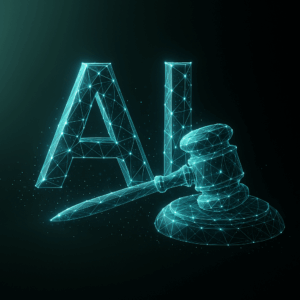
In the ever-evolving world of artificial intelligence (AI), computer vision and image processing stand out as two closely related yet distinct technologies. While both involve the analysis of visual data, they serve different purposes and are used in various applications. Understanding the difference between computer vision and image processing is essential for anyone working in fields that rely on AI, from tech developers to business leaders.
What is Image Processing?
Image processing refers to the manipulation of images to extract useful information or enhance the quality of the image. It involves techniques such as filtering, transformation, and enhancement to prepare the image for further analysis or for human viewing. Image processing is typically used to improve the visual quality of images, remove noise, or convert images into a more suitable format for a specific application.
For example, image processing is widely used in medical imaging to enhance the clarity of X-rays or MRIs, making it easier for doctors to diagnose conditions. It is also used in photography to adjust brightness, contrast, and color balance.
What is Computer Vision?
Computer vision, on the other hand, goes beyond just processing images. It involves enabling machines to interpret and understand visual data in a way that mimics human vision. Computer vision algorithms are designed to recognize patterns, identify objects, and make decisions based on the visual input they receive.
In essence, computer vision is about giving machines the ability to “see” and understand the world around them. It is used in various applications such as facial recognition, autonomous vehicles, and industrial automation. The goal of computer vision is to enable machines to analyze visual data and respond accordingly, often without human intervention.
Key Differences Between Computer Vision and Image Processing
-
Purpose:
- Image processing focuses on enhancing and manipulating images to improve their quality or to prepare them for further analysis.
- Computer vision aims to interpret and understand images, allowing machines to make decisions or perform actions based on the visual data.
-
Techniques:
- Image processing involves techniques such as filtering, transformation, and enhancement.
- Computer vision uses algorithms for object detection, pattern recognition, and image classification.
-
Applications:
- Image processing is used in fields like medical imaging, photography, and remote sensing.
- Computer vision is used in autonomous vehicles, facial recognition, industrial automation, and more.
-
Complexity:
- Image processing is generally simpler and involves manipulating the image itself.
- Computer vision is more complex, requiring advanced algorithms to interpret and understand images in a meaningful way.
While both computer vision and image processing play crucial roles in the field of AI, they serve different purposes and are applied in different contexts. Image processing is about enhancing and preparing images, while computer vision is about enabling machines to interpret and act on visual data. Understanding these differences is key to leveraging these technologies effectively in various industries.


